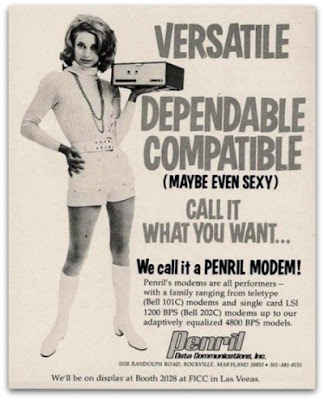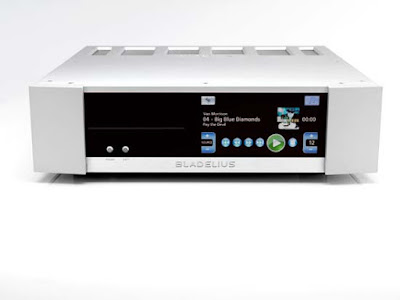Upsampling itself can not create information that was not already there, just like blowing up 1m pixels file to poster proportions. So here the point is not to create faux information, but it is there to move noises out of the audio band. All of this usually happens in the oversampling digital filter (usually an integral part of the d/a chip, some are custom and external). The noises, now moved high up out of the audio band, are then filtered out. The filter can be a brick wall type, at say 22kHz ( good frequency response, but bad phase response), or a slow roll off minimum phase type. In multi-bit DAC, this filter is normally analog, but for a sigma-delta dac, it is done in the digital domain.
Hardware oversampling in digital filters are not the best, even in the best DACs, because of all the computations that has to be done in real time. The more sophisticated DACs uses custom, outboard digital filter to do the job, but since we're sending music to DACs from our computers - there's also the software upsampler route. Sending the DAC an already up-sampled high resolution file gives the hardware digital filter an easier job, sometimes bypass its upsampling work almost completely.
Industry standard software upsamplers or sample rate converters (SRCs) are Weiss Saracon and Izotope RX. They are used in mastering studios and expensive. For PC users, there are quite a number of other alternatives, including on-the-fly upsamplers such as the XXhighend player (design to work in conjuction with the Phasure NOS no filter DAC) and Sygnalist's HQplayer. For a Mac user like me, there is the Wave Editor from Audiofile Engineering for $79.
Wave Editor uses Izotope's upsampling algorithm with options to adjust, among other things, bit depth, sampling rate, filter slope, pre-ringing. There is also the Sample Manager, a batch processor from the same company but with less options. However, the only thing Wave Editor does not do is real time on-the-fly upsampling. Wave editor takes about a minute to convert a file. If you want to do on-the-fly upsampling, Apple CoreAudio is good, but not good enough. Check out src.infinitewave.ca which shows charts of various SRCs.
 |
| iZotope SRC sweep |
 |
| iZotope SRC minimum pre-ring |
 |
| Audirvana |
 |
| Calyx DAC |




































